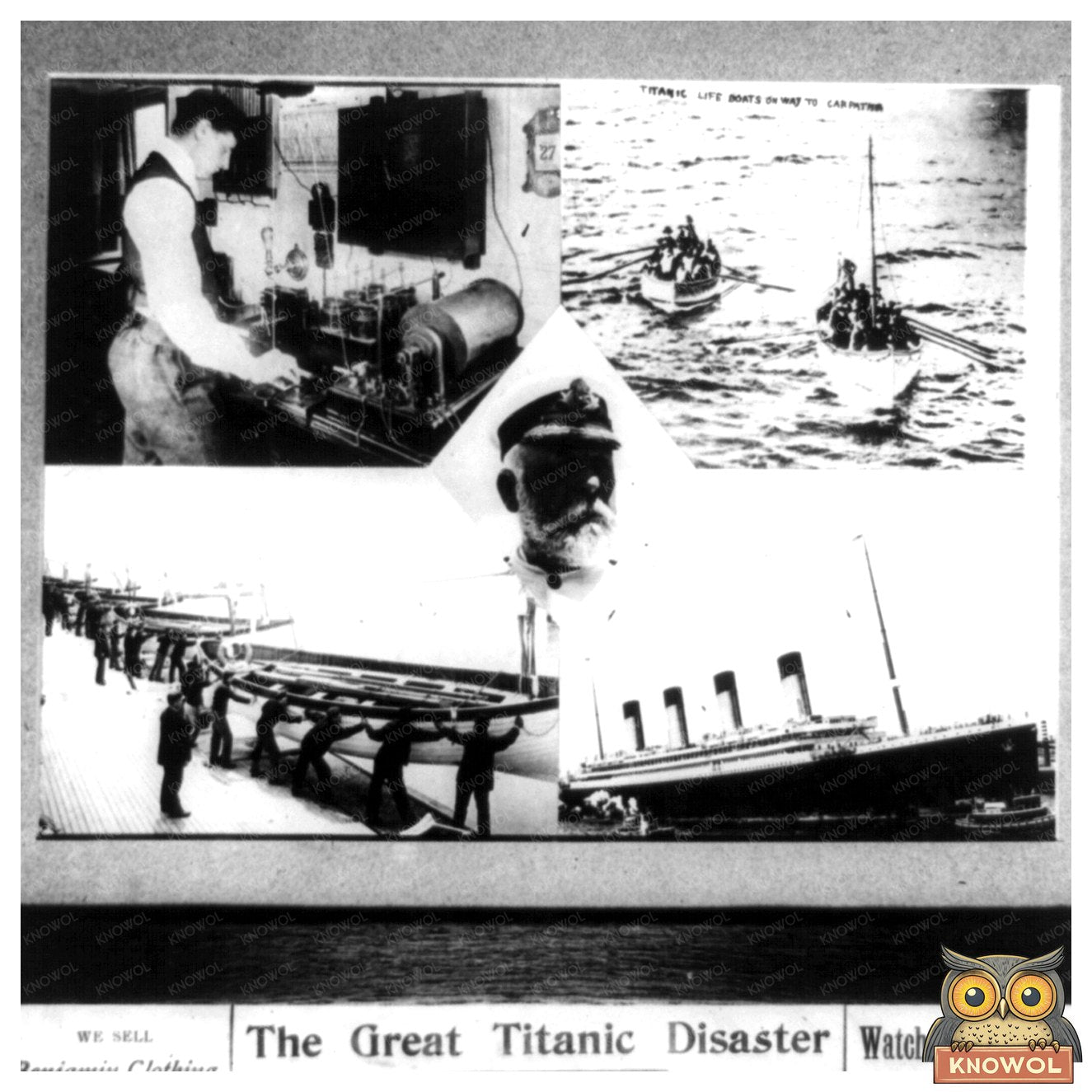


Tragic Moments: RMS Titanics Last Voyage 1912
This historical photograph captures a moment related to one of the most infamous maritime disasters in history: the sinking of the RMS Titanic in April 1912. The Titanic, a British passenger liner, was celebrated as an engineering marvel of its time, boasting luxury and advanced safety features. However, its tragic fate unfolded during its maiden voyage from Southampton to New York City, when it struck an iceberg in the North Atlantic. This photograph is part of the George Grantham Bain Collection at the Library of Congress, preserving the narrative of the Titanic and those on board.
The image illustrates the aftermath of the disaster, highlighting the critical role of lifeboats during ship accidents of that era. Despite the Titanic being equipped with a number of lifeboats, many were not filled to capacity when evacuations began. This poor utilization highlighted a significant oversight in safety norms and regulations at the time. Edward John Smith, the Titanic’s captain, went down with the ship, symbolizing both the personal and professional loss experienced by many during this catastrophe. In less than three hours, the Titanic sank, claiming the lives of over 1,500 people and prompting worldwide changes in maritime laws, particularly regarding lifeboat requirements and safety protocols.
This image serves as a stark reminder of the Titanic disaster and invites reflection on its lasting impact on safety in the maritime industry. By examining such photographs, we gain valuable insights into the human experiences surrounding one of the greatest tragedies at sea, and its effects on social standards and shipbuilding practices that have shaped modern maritime travel.

Tragic Moments: RMS Titanics Last Voyage 1912
